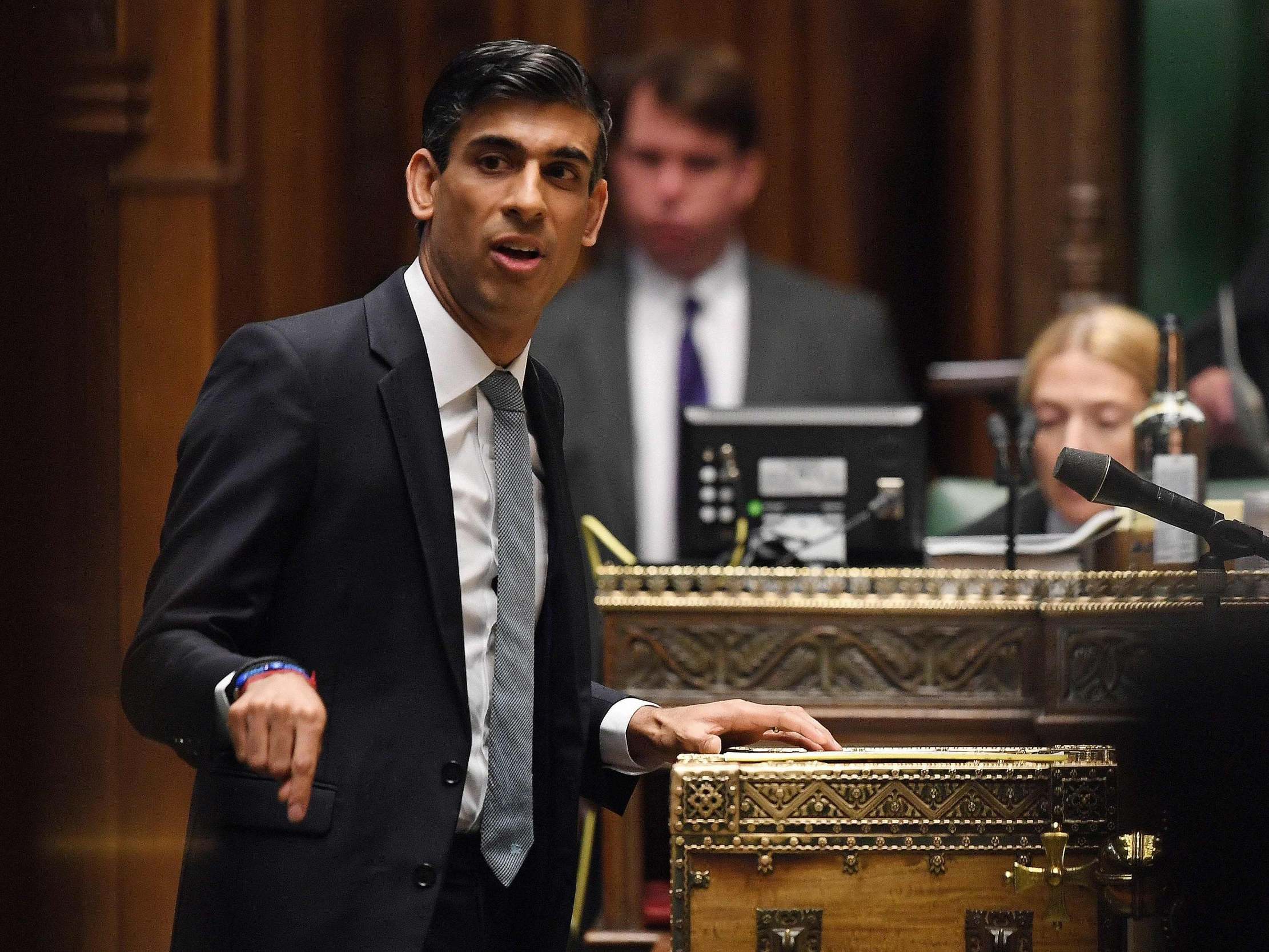Should Rishi Sunak have done more to support the economy?
In the wake of the summer statement, calls from economists for the chancellor to consider giving more assistance amid this unprecedented crisis are growing, says Ben Chu


The additional emergency spending announced by Rishi Sunak as part of his summer statement this week takes the grand total announced since March to around £190bn.
Total borrowing in the current financial year is now likely to breach £350bn, or around 15 per cent of GDP, which would be the highest since the Second World War.
Given such vast figures it seems almost surreal to be asking whether it’s enough – yet that’s indeed what many economists and analysts are doing.
When it comes to a national economy – an economy made up of 67 million people and some 28 million households – big numbers must be seen in context.
And the most relevant context for these big numbers is the fact that the output of the UK economy collapsed by 25 per cent between February and April and is likely to register a contraction in 2020 as a whole of between 10 and 14 per cent.
The additional spending announced this week amounts to 2 per cent of GDP. Combined with the support package worth around 6 per cent of GDP previously announced, the UK’s fiscal package so far amounts to 8 per cent of GDP.
As SIr Charlie Bean, of the Office for Budget Responsibility, the Treasury’s official watchdog, told MPs back in March: “Let’s suppose the hit to gross domestic product is something like 5 per cent. That’s what [the virus] has taken out, so that’s what you have to put back in.”
Swap 5 per cent for 14 per cent and that the basis for seeing the Treasury’s response, large as it is by historical standards, as undersized.
What are other countries doing?
The International Monetary Fund puts Germany’s fiscal support package so far at 9 per cent of GDP and Japan’s at 11 per cent. America’s is 12 per cent of GDP and US politicians are debating a further package of up to 15 per cent of GDP.
The UK’s package is larger than that of France, Italy and Canada but the Resolution Foundation describes it as “middle-of-the-pack internationally”.
“The amount spent on stimulating the recovery is remarkably conventional,” says the Foundation’s chief executive Torsten Bell.
Carl Emmerson of the Institute for Fiscal Studies agrees that there is a case for the Treasury to spend even more to support the economy, especially as the UK government can borrow from financial markets at unprecedentedly low interest rates.
“If there are things that we can spend the money on where we are confident we can deliver a good return, be that some investment spending, be that a scheme to can get people back into work or to keep their current jobs, then the case is very, very strong,” he says.
Paul Johnson, the director of the IFS, says that, given the scale of the emergency, the usual concerns about the implications of high borrowing for the sustainability of the public finances do not apply.
“Normally we’d also be asking what can be afforded. Today the question is better posed as what is needed and what can be delivered,” he says.
The Treasury hopes that, despite the depth of the hole, the economy will bounce back strongly from the recession, returning to its pre-crisis growth path.
But that’s by no means assured – and that could be do far more harm for the public finances in the years ahead than a bigger rescue package now.
“The way to think about this is not that if we spend too much we might bankrupt the state – it’s also the case that if we spend too little we might bankrupt the state,” explains Ian Mulheirn of the Tony Blair Institute.
“There’s already been a huge increase in the debt to GDP [ratio] and the thing that threatens the sustainability of that debt the most is if we come out of this crisis with an economy which is much smaller because we’ve had high unemployment and we’ve damaged skills and we’ve permanently lost the ability to produce as much as we used to produce.”
That’s why many economists are describing Rishi Sunak as taking a gamble by not announcing a larger support package this week.
“With the recovery so dependent on consumers and businesses having confidence to spend, policy arguably now needs to err on the side of over-stimulation,” says Martin Beck of Oxford Economics.
But this is all contingent on additional government spending being well directed towards preserving jobs and supporting consumer spending.
The £10 meal discounts scheme for August announced by the chancellor grabbed the headlines, but easily the largest new outlay from the Treasury is the £9bn earmarked by the chancellor for a £1,000 bonus for firms that bring workers back from furlough.
And analysts are increasingly doubtful whether this scheme meets the criteria of being an effective use of resources.
On the one hand the £1,000 bonus looks too small relative to the average furloughed worker’s wages to make a difference to employers’ staffing decisions.
And, on the other, the proposed design of the programme means it would automatically reward many firms that were going to bring back furloughed workers in any case.
This means the scheme risks being both ineffective and wasteful. That’s what’s reflected in the formal reservations expressed by the civil servant who leads HM Revenue & Customs.
Many have been impressed by the Treasury’s willingness and ability to redesign policies during this crisis as flaws and blind spots have been exposed – to “iterate” in the jargon.
The pressure is mounting on the chancellor to iterate once again over the planned wind-down of the jobs furlough scheme over the coming months – and to think much bigger when it comes to support.
Join our commenting forum
Join thought-provoking conversations, follow other Independent readers and see their replies
Comments